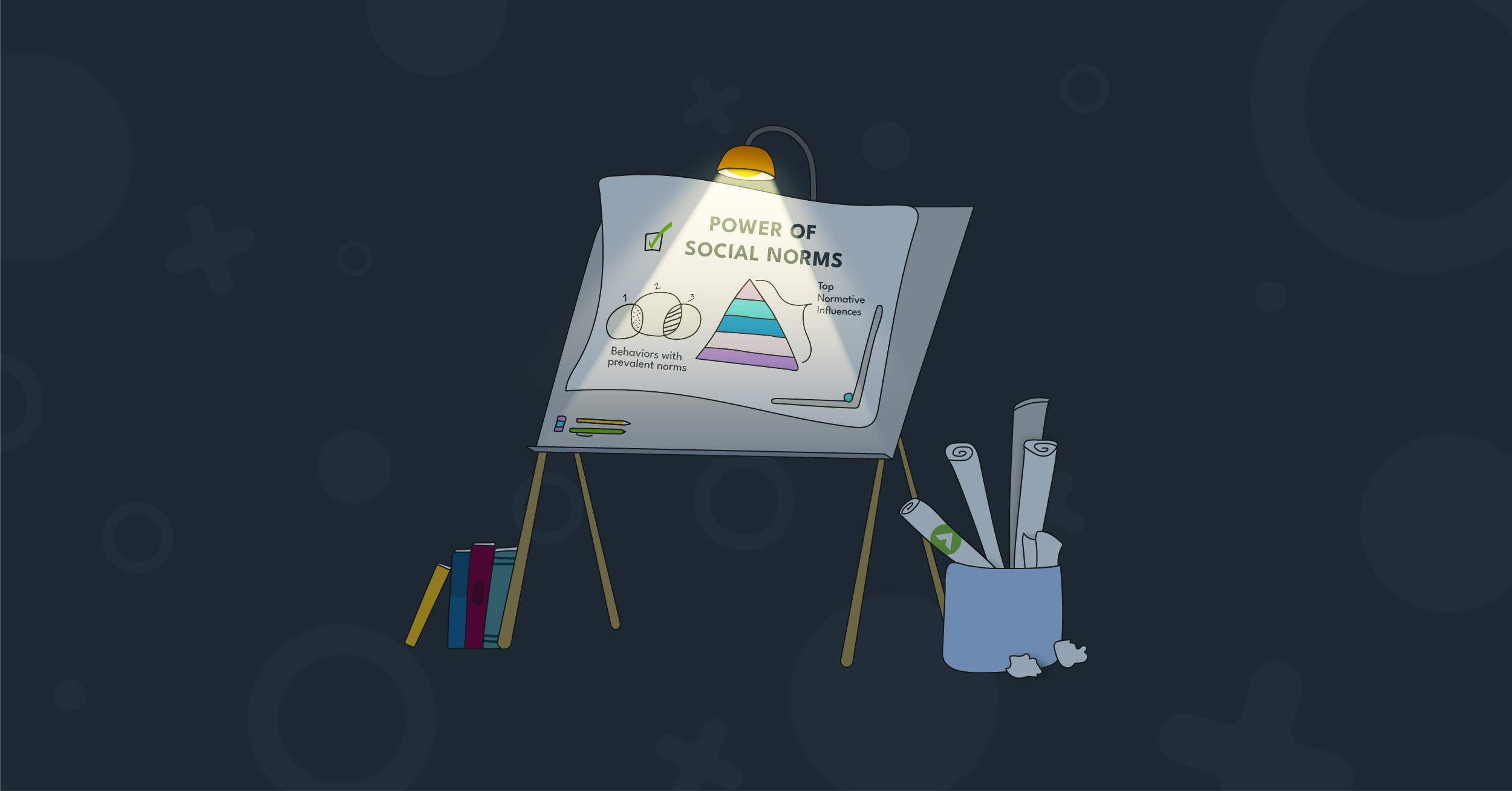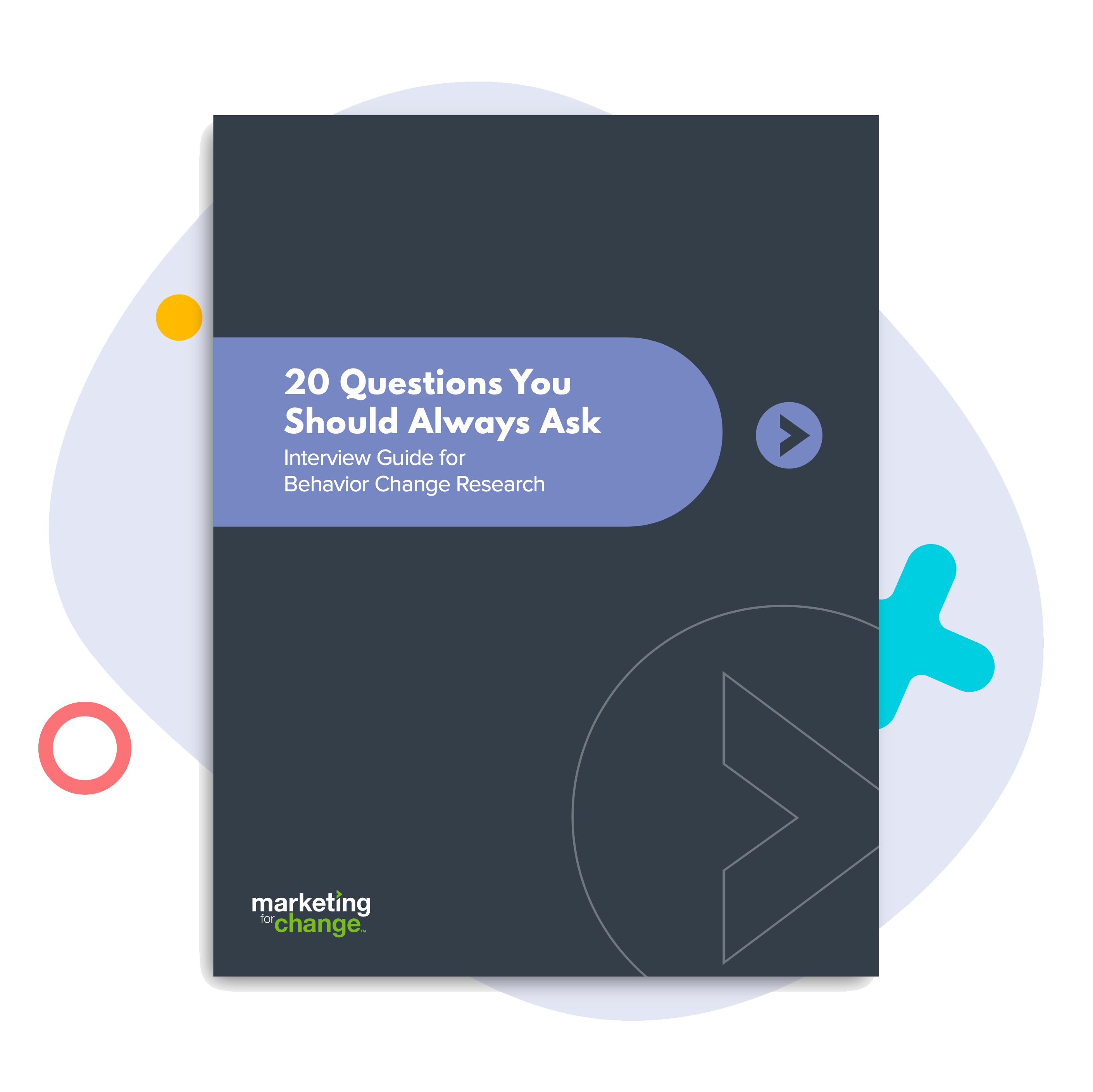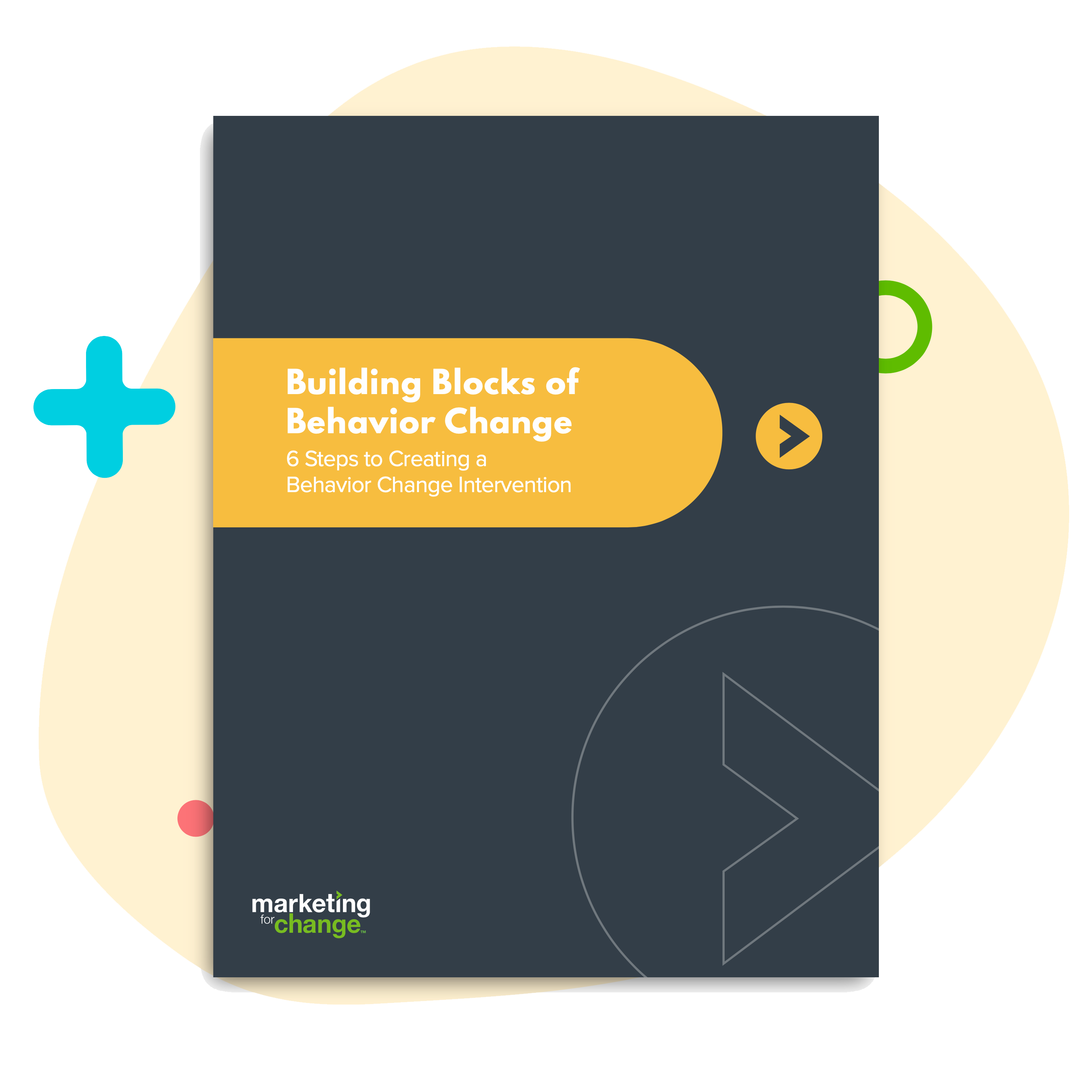
How to be Authentically Authentic
Today’s audiences expect authenticity.
Now more than ever, Americans are exposed to more marketing messages, more often, than in past decades. Our digital-centric environment has created greater opportunities for marketers to reach audiences on a mass scale, which has, in turn, created a more seasoned audience base.
Being hit by constant marketing messages with better and better customization means target audiences can see right through something that misses the mark — and aren’t afraid to speak out when they do.
At the head of this trend is the millennial generation. A 2014 survey by the McCarthy Group shows that millennials rank the trustworthiness of advertising and sales at 2.2 on a scale of one to five, and 84% of millennials say they don’t like advertising.
That doesn’t mean millennials dislike brands — in fact, some studies show they are the most brand loyal generation ever, with just over half saying they are extremely loyal or quite loyal to their favorite brands… What they dislike is being marketed to.
So how do you reach today’s audiences without coming across like that’s precisely what you’re doing?
The key is authenticity — keeping it real.
During our 2016 election year campaign for the U.S. Department of Defense’s Federal Voting Assistance Program, which helps deployed military members and overseas citizens vote absentee, we were able to do just that by developing content within the confines of another brand, and outside of our own.

Our sponsored post on Buzzfeed allowed the buttoned-up FVAP brand to step out of its comfort zone and reach first-time voters by communicating in a more “down to earth” style that resonated with our target audience of 18- to 24-year-olds.
Authenticity can also play a key role in building community engagement around geographically targeted behavior change campaigns. The key? Skip the celebrity shots and sound bites, and focus on real people.
This concept also applies to other target audiences. As part of the community-wide HoCo Unsweetened campaign in Howard County, Md., for example, our Real People videos leveraged local community influencers — a coach, an educator, a pastor and a pediatrician — to showcase an emerging norm that caring for children includes not serving sugar-sweetened beverages.

And as part of a digital campaign to encourage Central Florida residents to get out and get active, our Move60 outreach for Healthy Central Florida used photos of real people, which garnered much higher engagement online than slick pics of athletes in Spandex.

This approach, as opposed to using paid actors or stock photos, elicits a sense of trust and relatability among target audiences, while also driving organic engagement as viewers recognize community members or feel compelled to share with others.
While real, recognizable people work well for community-based campaigns, that’s not to say that paid actors can’t convey authenticity with the right techniques.

While working on a anti-obesity campaign for the Florida Department of Health in Pinellas County, for example, we made sure our “star” was a persona that our target audience could relate to.
We used a similar approach with the Mighty Mouth campaign we created for the Washington Dental Service Foundation to increase how much state residents valued oral health as part of overall health. Again, we used an actor — this time, an older guy in a tutu we dubbed Lou the Tooth Fairy.

How, you might ask, is a middle-aged guy wearing fairy wings “real”? While we clearly did not expect people to believe that Lou himself was authentic, the feelings he evoked in the other actors (and by proxy, the viewer) clearly are. Our supporting actors, also cast to look like ordinary people, embrace the awkward silences and sidelong looks that any normal person would have if approached by a man in a tutu giving them the money they saved through preventative dental care.
So how do you know when something will resonate as authentic and when it will tick off the audience you are trying so hard to reach?
As a millennial myself, I often find it quite funny how widely older adults can miss the mark when marketing to young adults.
So how can you authentically be authentic? The answer is the same as with nearly every behavior change marketing effort: ask your target audience.






